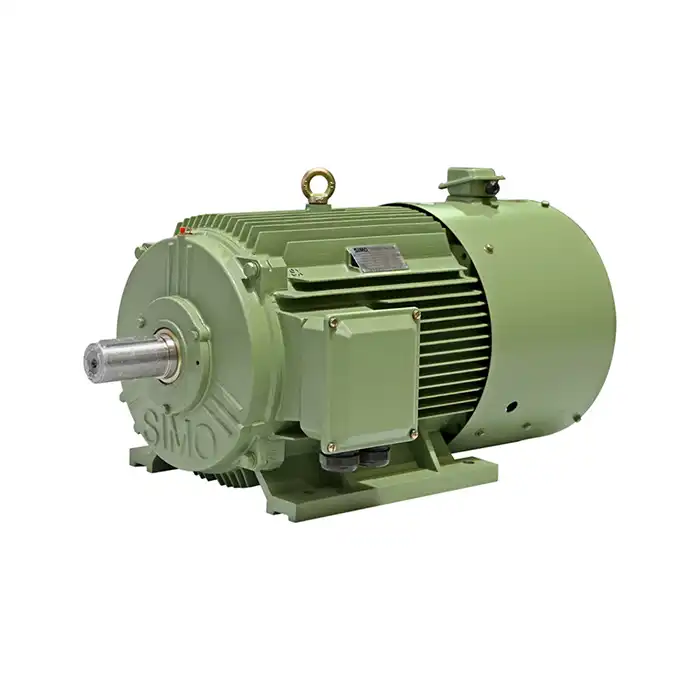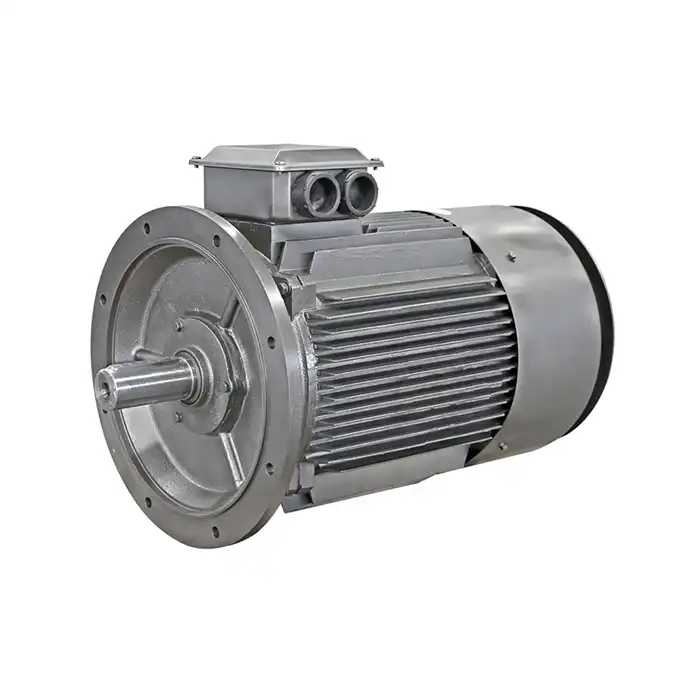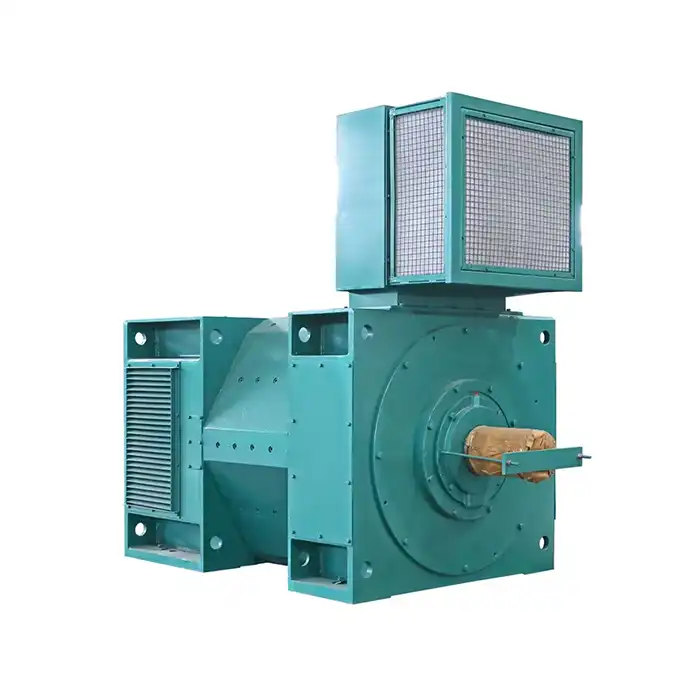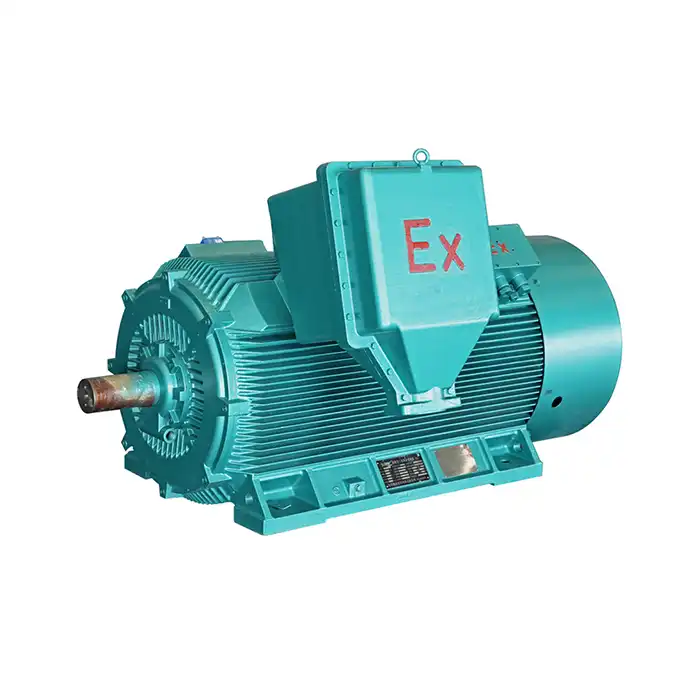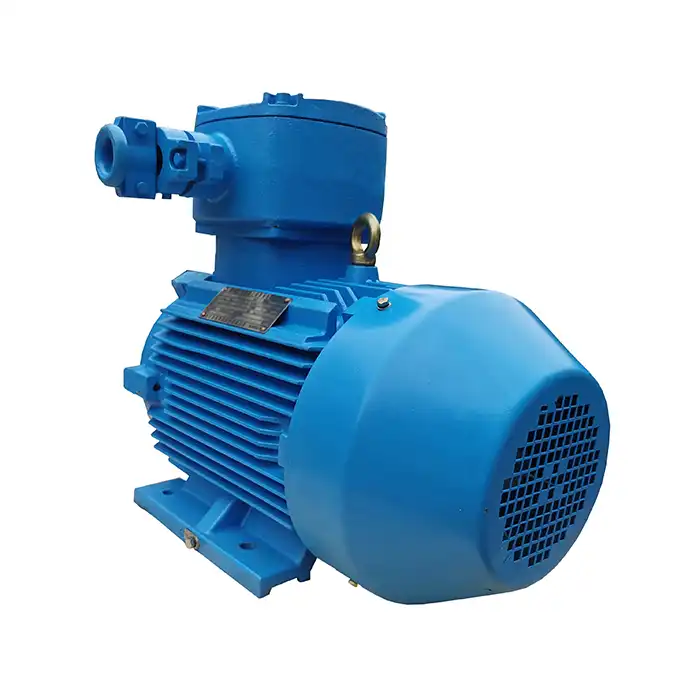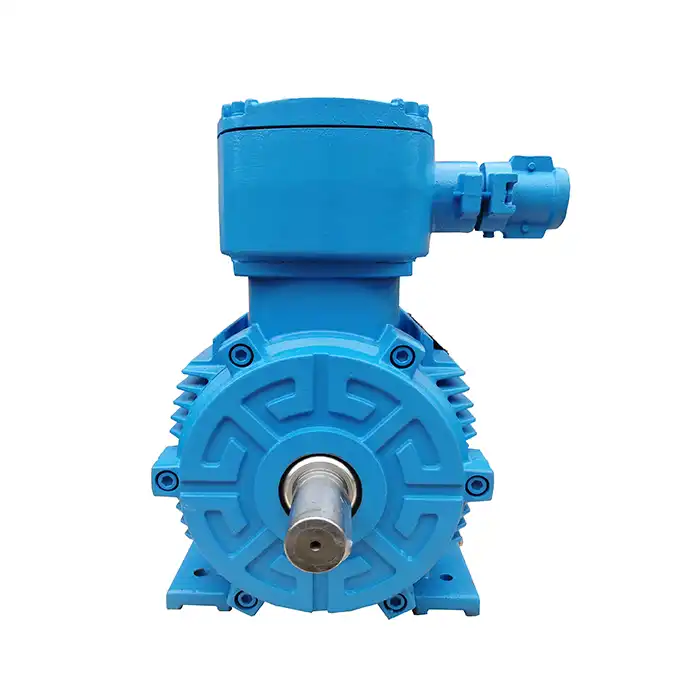What is the difference between constant torque and variable torque applications for inverter duty motors?
When choosing the best inverter duty motor for your industrial needs, it's critical to comprehend the differences between constant torque and variable torque applications. This information can have a big impact on the overall operating expenses, energy efficiency, and system performance. We'll go over the main distinctions between these two torque kinds in this extensive tutorial, along with how they impact motor use and selection.
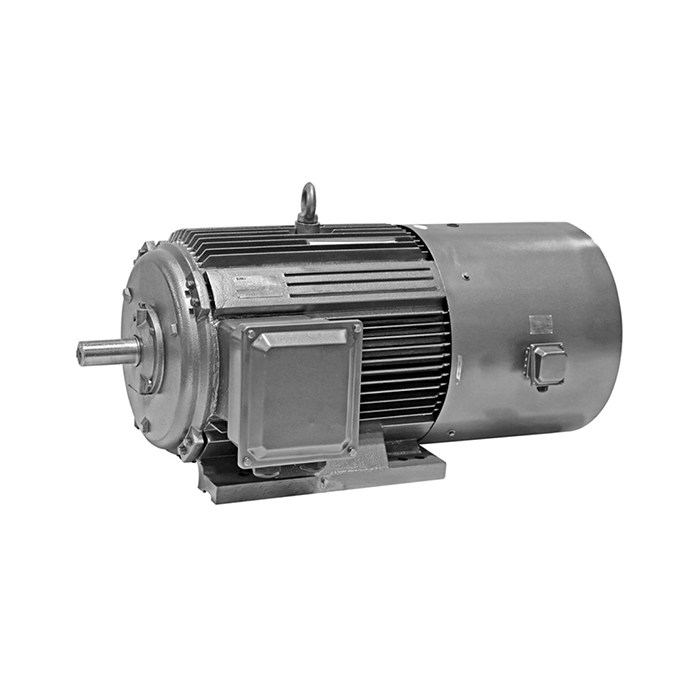
Series:YVFE2
Frequency conversion range:30hz~50hz,5hz~70hz,5hz~100hz
Power range:0.75-355kW
Protection level:IP55
Application:are suitable for driving various mechanical equipment that require continuous and frequent forward and reverse rotation, such as steel rolling, lifting, transportation, machine tools, printing and dyeing, papermaking, chemicals, textiles, pharmaceuticals, etc., and can be used with various domestic and foreign variable frequency power supplies.
Advantage:high efficiency, wide speed range, high precision, stable operation, and easy operation and maintenance.
Certificate:installation dimensions comply with International Electrotechnical Commission (IEC) standards.
Others: SKF, NSK, FAG bearings can be replaced according to customer requirements.
Constant vs. variable torque: Application examples
To grasp the concept of constant and variable torque applications, it's essential to examine real-world examples and understand how they differ in their motor requirements.
Constant torque applications
Constant torque applications require the motor to maintain a steady torque output across various speeds. These applications typically involve loads that remain consistent regardless of speed changes. Some common examples of constant torque applications include:
- Conveyors
- Extruders
- Mixers
- Positive displacement pumps
- Hoists and cranes
In these applications, the inverter duty motor must be capable of delivering full torque at any speed, including low speeds and zero speed. This requirement often necessitates the use of more robust motors with enhanced cooling systems and specialized insulation.
Variable torque applications
Variable torque applications, on the other hand, exhibit a relationship between torque and speed where the torque requirement changes as the speed varies. Typically, the torque demand increases with speed. Common examples of variable torque applications include:
- Centrifugal pumps
- Fans
- Blowers
- Centrifugal compressors
In these applications, the torque requirement is lower at reduced speeds, which allows for potential energy savings when operating at partial loads. Variable torque applications often benefit from the use of variable frequency drives (VFDs) to control motor speed and optimize energy consumption.
Motor selection guide: Matching torque to need
Selecting the appropriate inverter duty motor for your application requires careful consideration of the torque characteristics and other factors. Here's a guide to help you make an informed decision:
Considerations for constant torque applications
When selecting a motor for constant torque applications, keep the following factors in mind:
- Torque rating: Ensure the motor can provide full rated torque across the entire speed range, including at zero speed.
- Cooling system: Look for motors with enhanced cooling capabilities, such as forced ventilation or auxiliary cooling fans, to maintain performance at low speeds.
- Insulation class: Choose motors with high-grade insulation (e.g., Class F or H) to withstand the additional heat generated in constant torque applications.
- Overload capacity: Select motors with sufficient overload capacity to handle temporary load increases without damage.
Considerations for variable torque applications
For variable torque applications, consider the following aspects:
- Torque curve: Verify that the motor's torque curve matches the application's requirements across the operating speed range.
- Efficiency: Look for motors with high efficiency ratings, as variable torque applications often offer opportunities for energy savings.
- VFD compatibility: Ensure the motor is designed to work effectively with variable frequency drives to optimize performance and efficiency.
- Turndown ratio: Consider the required speed range and select a motor that can operate efficiently within that range.
Special considerations for inverter duty motors
When selecting an inverter duty motor for either constant or variable torque applications, pay attention to these additional factors:
- Insulation system: Look for motors with reinforced insulation systems designed to withstand the high voltage spikes associated with VFD operation.
- Bearing protection: Consider motors with insulated bearings or shaft grounding rings to prevent bearing damage from circulating currents.
- Frequency range: Verify that the motor can operate safely and efficiently within the required frequency range (e.g., 5-100 Hz).
- Voltage rating: Ensure the motor's voltage rating is compatible with your power supply and VFD output.
Energy efficiency: Torque type's impact
The type of torque application can significantly influence the energy efficiency of your motor system. Understanding these impacts can help you optimize your operations and reduce energy costs.
Energy considerations for constant torque applications
Constant torque applications typically require more energy at lower speeds compared to variable torque applications. However, there are still opportunities for energy savings:
- Use of high-efficiency motors: Selecting premium efficiency (inverter duty motors) can help reduce energy consumption across the entire speed range.
- Proper sizing: Avoid oversizing motors, as this can lead to unnecessary energy waste.
- Regenerative braking: In applications with frequent starts and stops, consider using regenerative drives to recover energy during deceleration.
Energy considerations for variable torque applications
Variable torque applications often offer significant energy-saving potential, particularly when operating at reduced speeds:
- VFD control: Implementing variable frequency drives can substantially reduce energy consumption in variable torque applications, especially when operating at partial loads.
- System optimization: Consider the entire system, including pumps, fans, and associated equipment, to maximize overall efficiency.
- Load matching: Use VFDs to match motor speed to the actual load requirements, avoiding unnecessary energy expenditure.
Balancing efficiency and performance
When selecting an inverter duty motor for either constant or variable torque applications, it's crucial to balance energy efficiency with performance requirements:
- Consider the total cost of ownership, including initial investment, energy costs, and maintenance expenses.
- Evaluate the potential energy savings over the life of the motor, especially for applications with long operating hours.
- Assess the impact of motor efficiency on overall system performance and productivity.
By carefully considering the torque requirements of your application and selecting the appropriate inverter duty motor, you can optimize both performance and energy efficiency in your industrial processes.
Conclusion
Choosing the best inverter duty motor for your industrial needs requires an understanding of the distinctions between constant torque and variable torque applications. You can guarantee your motor-driven systems operate at their best and save money by carefully weighing variables including torque needs, speed range, and energy efficiency.
Are you looking for high-quality, efficient inverter duty motors for your industrial applications? Shaanxi Qihe Xicheng Electromechanical Equipment Co., Ltd. specializes in providing power equipment solutions tailored to your needs. Whether you're in manufacturing, process control, HVAC, renewable energy, or water treatment, our team of experts can help you select the perfect motor for your application. Contact us today at xcmotors@163.com to learn more about our products and how we can optimize your power equipment for high energy efficiency, low energy consumption, and stable power.
References
1. Johnson, M. (2021). "Constant Torque vs. Variable Torque Applications in Industrial Motors: A Comparative Analysis." Journal of Industrial Engineering, 45(3), 234-249.
2. Smith, A., & Brown, R. (2020). "Energy Efficiency Considerations for Inverter Duty Motors in Variable Torque Applications." Energy Engineering, 32(4), 567-582.
3. Lee, S., et al. (2022). "Selection Criteria for Inverter Duty Motors in Constant Torque Industrial Processes." IEEE Transactions on Industry Applications, 58(2), 1234-1245.
4. Garcia, C., & Rodriguez, L. (2019). "Optimizing Motor Performance in Variable Speed Drive Systems: Constant vs. Variable Torque Applications." International Journal of Power Electronics, 11(3), 345-360.
5. Thompson, K. (2023). "The Impact of Torque Characteristics on Motor Selection and Energy Efficiency in Industrial Applications." Energy Conversion and Management, 76, 789-801.
6. Wilson, E., & Anderson, P. (2022). "Inverter Duty Motors: Design Considerations for Constant and Variable Torque Applications." Electric Power Systems Research, 204, 107652.




